|
PHOENIX, AZ, July 15, 2024 - IJP Tennis is excited to announce its new partnership with JET (Junior Elite Tennis), a tennis program for elite junior players. JET has a similar approach to IJP Tennis, with a low player-coach ratio, personalized tennis instruction, coached matchplay, tennis-specific strength and conditioning, and mental performance training, but targeted to those players seeking Division I tennis and beyond.
IJP Tennis's Red-Orange-Green-Yellow Ball high-performance development program will continue as our families have come to know since we launched in 2016. The addition of JET will complement our program and extend our offering to elite juniors. JET is a selective program that will admit players via invitation, and the IJP Tennis program will specifically prepare players for JET.
You can learn more about JET here. We are looking forward to seeing this partnership grow with the collaboration among the IJP Tennis and JET coaches, and the positive impact it will have on the development of our players. Recently, Jennifer Marshall from our local newspaper, Arcadia News, met with us to learn more about our junior tennis development program and the chapter of ACEing Autism that we started and host at Arcadia High School. You can see her feature HERE.
After several years of serving as a staff coach for the USTA Phoenix Early Development Camps, I was selected to run the program this year. Through my work with the USTA locally and the national USTA Player Development, I was invited again to attend the Junior Pathway Symposium at the USTA National Campus in Orlando back in February (before the COVID crisis). As I took in the presentations from the leaders of the USTA, I was overwhelmed with the passion and vision for junior tennis development in this country. The red, orange and green (ROG) ball pathway took a long time to become generally accepted by the American coaching community (I could never understand the resistance). However, seeing the work and research done by the USTA, and the enthusiasm of the leaders and coaches in attendance was very inspiring. Having "grown up" as a coach using the ROG pathway in Melbourne, London, and Chicago, it's exciting to see other coaches and parents come to understand how effective and fun it can be for players as they work through the levels and develop their skills, starting with Red and all the way through Yellow Ball. My involvement in these USTA programs has been a nice validation of my long-held belief in the ROG pathway, and a wonderful opportunity to continue to learn about junior tennis development.
Speaking of coaches and excitement for teaching tennis the right way, we are thrilled about how much our program has advanced since our new Head Pro Scott Mantelman joined us at the end of summer 2019. Scott is a fantastic technical coach, who has been leading our Red Ball program, guiding many of our high school players as they prepared for their season, and developing a group of Orange Ball players that were selected to participate in the Early Development Camps with Net Generation and the USTA. It is rare for a coach to have a balanced blend of technical knowledge and personality to connect with young players. Scott is one of those rare coaches, and we are extremely happy to have him as a leader in our program. Note: This post was authored by Lamar Smith, a graduate student at Arizona State University and a sports reporter with Cronkite News.* Junior tennis in Arizona is continuing to grow and evolve. Kids are no longer just lined up swinging at balls one-by-one. There are now systems put in place to help them hone their tennis skills. Years ago tennis did not have a way of learning the sport that was conducive to children in America. Unlike, basketball, soccer or football where kids played with equipment that was smaller and rules to help them develop. Chadwick “Chad” Campbell, founder of International Junior Performance (IJP) Tennis said “for the longest time” kids were just put on adult-sized tennis courts with adult sized rackets. "It's very much a technique driven sport,” Chad said. "So it's best if the kids can learn the technique from the beginning. But if they're holding a giant racket that's too heavy for them, and trying to hit a ball that bounces over their head on a court, they're never going to learn the right technique.” The United States Tennis Association (USTA) needed to add changes in its system in order to make tennis easier for kids to learn. They adopted the red, orange, green ball progression in 2011 to facilitate a change in their tennis system. Investing $1.3 million in starting a 10 And Under Tennis program in 26 different communities in the United States. The red, orange, green ball progression has been used by a bevy of tennis organizations around the world. Each ball in the progression differs in size and speed. The red ball is 75 percent slower than the yellow (regulation) ball, the orange is 50 percent slower and the green is 25 percent slower. IJP Tennis Campbell started IJP Tennis in the summer of 2012 with his wife, Elana, after living in England for three years where their kids played tennis in the Lawn Tennis Association’s Mini Tennis program. “We wanted to continue that same red, orange, green color progression through the stages of junior tennis,” Campbell said. “But at the time, the USTA, although they had launched the red, orange, green progression in the U.S., it was still in its infancy.” The couple wanted their daughters to keep progressing in tennis so they felt starting IJP was the best way for them to continue to grow. They were inspired by the LTA’s Mini Tennis program which had been using the red, orange, green ball progression for decades. IJP Tennis started off as a contractor for tennis clubs giving lessons to young players when they lived in Chicago. After several years of contracting, they chose to launch IJP Tennis as their own, standalone program in 2016 after living in Phoenix for a year. Initially, it was difficult to get parents to buy-in when the company branched out. “So, to be able to explain to parents and kids that this is the right way to do it, if you want to have longevity in this sport, is probably the biggest challenge,” said Matt Sunter, IJP Tennis's Director of Tennis. The ball progression is a huge part of their foundation. Campbell said he wanted to take what he learned from tennis in the UK and what Sunter brought from Australia, and bring it to America. The program now has approximately 80 students. Focusing on kids age four to 18 who want to play tennis competitively. “We've got the kids out there playing each other,” Campbell said. “They're playing in the USTA tournaments, and we have a whole group of kids that are high school players playing on their school teams. Getting into that performance area of tennis is important for us, and we develop our kids to be able to do that.” IJP Tennis focuses on the fundamentals with their young players, from backhands and forehands to slices and volleying. They also offer private lessons, match preparation, group sessions and fitness programs to help build good young tennis players. The organization was one of the early adopters of the ball progression and is still trying to grow and get more kids involved in tennis. Gabby Clingan, whose daughter Chayse is part of IJP Tennis, has seen the benefit of the program. “She started playing tennis at five and a half (years old) with a yellow ball on a regular court, and played with kids a lot older.” Gabby said. She realized that having her daughter learn tennis under those conditions was not conducive to her growth as a player. She also disliked having different coaches every week, and other structural problems with the other program. "Chayse felt like a number and not an individual player,” Gabby said. Chayse became one of the first players at IJP Tennis in 2016, and the family hasn't look back. In fact, Chayse's younger sister, Sloane, plays in the Red Ball group. While still a relatively new program, IJP Tennis has been gaining attention in the tennis community. “IJP is one of the best facilities. They do an amazing job developing junior tennis players,” said Matt Gleason, Executive Director of USTA Central Arizona. Promoting the Sport The USTA was adamant about building a new program for young kids to further promote the growth and development of junior tennis. They decided to create an organization that focused on improving junior tennis. Net Generation was created on August 23, 2017. Gleason said the USTA wanted “one product” to push in order to get kids and parents more informed about tennis, while continuing to grow the game. The USTA has been pushing the program hard since it was created. Net Generation had about 11,000 kids registered before the program officially started and those numbers have continued to increase. Tennis is not as popular in Arizona as other states like California and Florida. Those states are No.1 and No. 2 respectively in amount of junior tennis players. According to the USTA there are only 3,779 junior tennis members and 116 10-and-under junior tournaments in the Southwest region which includes Arizona, ranking them 11th out of 17 sections in the United States. Brian Cheney, Camelback Village Tennis Professional Emeritus at Camelback Village Racquet and Health Club, said he contributes some of the low numbers amongst junior tennis players to the gruesome heat in Arizona. Tennis is lacking in participation for many reasons. In the past, the lack of participation could be linked to the frustration younger kids had playing with adult-sized equipment on adult-sized tennis courts. Now, the lack of participation can be more closely related to a lack of money. According to the Intercollegiate Tennis Association (ITA), racquets under $50 have decreased by 57 percent since 2008. Total ball shipments have also decreased by 21.5 percent since 2008. Several of the USTA sections provide scholarships and grants for kids to get involved with tennis. The aid is geared towards low-income families who may not have the means to buy a bunch of tennis equipment. “We can help with financial aid to help ensure those kids can afford to play tennis,” Gleason said. Gleason and other volunteers and staff from USTA Central Arizona go to local schools and give away free tennis equipment too. USTA Central Arizona puts on at least one big fundraiser a year to raise money for their scholarship fund. This April they put together a co-ed team round-robin tourney and did an auction. The tournament raised a little over $13,000 towards their scholarship fund. While tennis in Arizona has experienced growth over the recent years, it still has a lot of room to grow. *This article was edited to fit the format of this blog. It's hard to believe that summer is upon us again! After our first 100-degree day in April, we've had a nice run of weather before the heat sets in. This is always a great time to reflect on all of the hard work that the kids have put in since the New Year.
Our junior players have had some excellent results through this busy tournament season. Stand out tournament wins came from Nandini, who won the L3 back in November and the Scottsdale Shootout last month; and Julia and Niamh, who won the Desert Duo for their section. Springtime is also high school tennis season, and we are so proud of our players who played for their schools. Bradley is a senior at PCDS, and just completed his fourth year of varsity tennis. Bradley went undefeated in singles throughout the season, and his team reached the Arizona State Championships. Katie B, also at PCDS, played number 2 singles as a sophomore, and was a huge part of her team's success. Katie and her doubles partner won their State quarterfinals match, securing the team's place in the semifinals. Grace earned her way to the number 1 singles spot of the Arcadia team...as a freshman! Grace played to the highest of levels, and grew tremendously as a player. Our Orange Ball players participated in the Grand Slam Series, in which they had the opportunity to play all four major tournaments. Hopefully, they can now name all of them! For many, this was their first look at playing in an official tournament, which can be quite daunting. New tournament players are generally nervous and timid during their first match, but after a few matches, the skills they have learnt during their lessons start to kick in. Orange Ball tournaments are where the kids really start to develop the grit of competing, and learn how to win matches. We are grateful to the USTA Phoenix for organizing these great events. Tennis is a wonderful activity, and certainly does not need to be done competitively. However, because we are a performance program, we place a lot of value on tournaments, or competitive play in general (not for the results alone, but more for the progress as a player). Tournaments serve as a great way to test where your game is at. They challenge a player's skills. Can they hit their ground stokes under pressure, or serve out a match when they are tired? At the highest levels of our sport, mental strength is usually the difference-maker. Tennis is one of the few sports in which mental toughness can beat skill. This is why attitude is so important. Thinking positively and learning to control emotions are critical to success. During our lessons, we talk about taking time between points, breathing, and preparing for the next point with a positive attitude. These skills are very helpful off the court as well! Despite the impending heat, we are extremely excited to be heading into our summer schedule. I say this every year (and here it is again), but summer is the best time to make the biggest gains in your game! Players hit the courts first thing in the morning, without the distractions of school, and with more time to play and recover. I can’t wait to see the progress of all the players in our program over summer. Thanks for all of your support. In February, I had the opportunity to travel to the USTA National Campus in Lake Nona, Florida. Over 100 administrators and coaches from the 17 USTA Sections were invited to participate in the 2019 Junior Pathway Symposium. I attended with the contingent from the USTA Southwest. The purpose of the Symposium was to align the efforts of the stakeholders around the country to the USTA's Net Generation program goals. Specifically, the focus was on the philosophy and procedures for developing junior players through Red, Orange, Green, and Yellow, and growing the players through these stages based on their skill level.
From the first presentation, I knew that the Symposium was going to be a very valuable experience. Neeru Jayanthi, M.D. started us off with an in-depth discussion on early specialization in sports, and the data that has been collected about early specialization and injuries. Although it was a tennis conference, it's important to remember, for the physical and emotional health of our players, that it can't be all tennis, all the time. Throughout the next three days, we had a series of presentations regarding the future of tennis development and the junior pathway through tournaments, competencies, and early development camps. We spent time on court discussing performance levels and assessing players, developing an awareness of the distinct levels for each stage in a player's development. Some of the best conversations came through our group work, during which the coaches and administrators came together to talk about best practices to help players, parents, and coaches all come together as a more united front. I gained a tremendous amount of respect for those at the USTA who are leading tennis development in this country at the national level. It is very easy to be on the outside, looking in with a judgmental eye. For those who really care about the sport and the children we are developing as players, it was clear that these leaders are passionate about their mission, and are trying their best to make a positive impact. I have been working with shorter racquets, softer balls, and smaller courts for nearly 20 years. I grew up as a coach under the Aussie Mozzie tennis program, which led to the design of Hot Shots Tennis in Australia. After 7 years in the UK, under the LTA's Mini Tennis program, I moved to the US when the USTA's Red/Orange/Green program was in its infancy. I created and implemented two junior development programs before we launched the IJP Tennis program in 2016. So, I have seen a number of approaches to junior player development. Each has its strengths, but none is perfect. I don’t even know if "perfection" exists, but I do know that every year that passes, the ideas and programs keep getting better, and I keep learning and improving as a coach. The USTA and Net Generation are the way forward for all junior players in this country to enjoy the game of tennis, and play it for their entire lives. This is a life sport and these pathways allow kids to learn and love the game from a much younger age, and develop their passion for the best sport in the world. It's been several weeks since we've seen triple-digit temperatures, so I think it's safe to say that fall is here. Our players battled through the hottest conditions over the summer. They worked extremely hard, and showed great improvements. As I always say, summer is the time I see players make their biggest improvements. The tough conditions really challenged the kids (and their coaches!). Since school has resumed, we have been building off of that great momentum from the summer.
I had been working with a talented group of Orange Ballers for several years. I was beyond happy when they all transitioned to the Green Ball at the beginning of June. Three of our players have been selected to the USTA's Green Ball Early Development Camp, and we now have a fresh batch of Orange Ballers poised to follow in their footsteps. Our Red Ball program is growing every week. Since the summer, we've added two new classes, including one for 4- and 5-year-olds to work on their hand-eye coordination and basic movements. Our program is built on the belief that there are different skill-sets that junior players must develop before advancing to the next stage of court and ball. Red Ballers work on basic athleticism and introductory tennis-specific movements. Orange Ballers learn basic footwork patterns, how to hit with top spin to control the ball, how to find the ball in their strike zone, the fundamentals of a platform serve, and how to play matches. Our Green Ballers work on more advanced skills, such as taking the ball on the rise, complex hitting strategies (hitting the ball cross court, then down the line), transitioning to the net with a slice backhand, using a slice serve to open up the court, and of course, competing on a full-size court. Moving from one color to the next is a big deal. As exciting as it is for the kids, it’s also one of the most rewarding parts of coaching to have a player learn the necessary skills to transition to the next stage of their development. To help us guide our players from stage to stage, we recently added a great new coach from the UK, Steve Etchells. He has been a welcome addition to our awesome coaching staff. Steve has an extensive background in teaching, and is excited to be on-board to help develop our junior players. With our amazing fall and winter weather, we have just entered into tournament season. There are tournaments and events for junior players nearly every weekend, from Junior Team Tennis to highly competitive USTA-sanctioned tournaments. If you ever have questions about tournaments for your players, please don't hesitate to speak to Karen, Steve, or me. As we prepare for the IJP Tennis End-of-School Celebration this weekend, I have been reflecting on the first half of the year. I am proud of what we have accomplished, and am looking forward to continuing that progress through the summer and fall.
We were very well represented in the high school season this year by Katie R, Bradley, Katie B, Sydney, and Ryan. Success came in many forms—from making the team for the first time, to achieving excellent individual and team results. Katie R was a state doubles finalist in her division, and along with Sydney, made the quarterfinals of the team competition. Bradley helped lead his team to a state semifinal appearance, and also played in the state doubles tournament. As a freshman, Katie B played in the state tournament in doubles, and helped her team reach the finals. Ryan earned a spot on his team, and will have a big task next year defending his team’s state championship title. Also, Coach Karen led her high school team to the quarterfinals of the state competition. High school tennis is great for our older players, as it is a fantastic team environment, and always presents healthy challenges, like making the team or earning a higher position. Plus, it is great for our high schoolers to push our younger Yellow Ballers in practice (while the younger ones are nipping at their heels!). Our young gun Orange Ballers have been working tremendously hard this year, with the results to prove it. Their major focus has been the development of racquet control in the various strokes. The use of the continental grip is a key part of our younger players’ development, as is understanding how to absorb the ball onto the strings while using this grip. This allows players to not only develop sound volley technique but also help with their serves and overheads by becoming more comfortable with the grip. We had a handful of Orangies selected for the USTA Early Development Camps, and expect more in the coming camps. These camps are designed for young, motivated players to foster athletic development, match tactics, and stroke production. We can’t forget our Red Ballers! I observed a class last month and am really happy with the solid foundations they are are building. They have the entire movement and shot pattern down: split, unit turn, set up, swing, & recover. It is fun to watch, and I am excited to see the little ones grow into Orange Ballers. I spend a lot of time educating my students, but also make time to educate myself, as a coach. If I wasn’t open to learning, then I would not have developed into the coach I am today. And I have been lucky enough to work with some amazing coaches and tennis minds over the years. Recently, I was selected to coach at the USTA Southwest Section Team USA Camp. The 3-day event at ASU included a coaches workshop, and two days of instruction with the players. I enjoyed the interaction with the USTA faculty and the other high-level coaches in the Southwest. I was happy to help this section (and myself) grow and improve. Moving into our summer season, our theme will be "efficient movement." Players will learn movement patterns from the back of the court, using fewer steps to cover more ground. Bigger steps, without wasted energy, will allow players to cover the court better. Our players are learning to absorb the ball with a big drop step, to move wide to the ball and then step inside the baseline to take time away and control the tempo of points. We’ll also take these efficient movement patterns to the net. Players are working on a 2-step volley to explosive to the ball, and practicing moving for their overheads. We aim to train our players to be all-court players, and great all-around athletes. Although the heat can be off-putting, summer is a vital part of a player’s development. Without the day-to-day worries of school, and with the opportunity for consistent repetition, players can make huge jumps in their games. You can see our summer schedule here. See you out there. Welcome to another installment of Matt’s Point. It’s been a great start to 2018, with our players having great successes both on and off the court, from winning tournaments to the USTA's Early Development Camps to awards and accolades in the classroom. Plus, our Arizona winter has been spectacular, as expected.
A few weeks ago, I was lucky enough to attend the ProAm event at the Phoenix Open. This event creates such a buzz around the town, bringing in so many people from other states and countries. There are certainly worse places to be in February! As I watched the players tee off, I couldn’t help but notice how effortlessly they swing the clubs, and how they hit such long distances from their easy-looking strokes. The pro golfers were truly impressive. NFL quarterback Aaron Rodgers was playing in one of the final groups of the day. After he hit his tee shot, someone pulled out a football and the group started throwing it around (Jordan Spieth has pretty good hands, by the way). Before they approached the green, Rodgers threw the football into the stands. Again, I was amazed at his ability to throw a football from the middle of the fairway to the upper level with what looked like a simple flick of the wrist. The golfers and Rodgers made it look so easy. On the way out of the course, we passed the driving range, which was filled with professional golfers practicing for the following day. This was an awesome reminder that those refined mechanics, that enviable technique, and the ease at which they produce their swings (or throws) are anything but effortless. It takes years (or decades) to achieve the appearance of effortlessness. It is the countless hours of practice and hard work that creates this aura of ease to the spectator. Days before this, I had seen Roger Federer win his 20th Grand Slam title at the Australian Open. He has, without a doubt, the most effortless-looking strokes in tennis. He is so smooth, and he glides across the court. What we don’t see is his dedication to being the GOAT: the countless hours of footwork exercises, the strength and conditioning training, the continuous refinements to his technique so he can play this sport for years to come. This is the reason why most players his age are on the seniors tour, while he is still mixing it up with (and beating) the young guns. At IJP Tennis, we ultimately want all of our players to have the same effortless swings and footwork that we see with the professional players. It’s our job to guide the hard work that is required to get there. What a year!
IJP Tennis celebrated its one-year anniversary earlier this month. It’s been an amazing year, and I wanted to reflect on how far we have come in such a short span of time. This program was created to grow young, aspiring tennis players. While that is certainly happening, I realize that we too have grown a lot in the last 12 months. It did help that we had over four years of IJP Tennis, before launching our own program, to build the foundation of what we are now. Twelve months ago, it was just me, on one tennis court. One Saturday earlier this month, we had all eight courts going with players from Red through Yellow Ball, Dynamic Athlete Performance Academy (DAPA) running the fitness sessions, and the ACEing Autism program. It was such a joy to look over all the courts and see so many kids enjoying this sport. We also welcomed a new coach this month: Karen Fleissner. Karen joins us from the Chandler Tennis Center, where she has been working with Red-Orange-Green players for several years. She is passionate about teaching junior tennis players, and we're excited that she is joining our program. She is helping us broaden our development levels, allowing us to add more classes for our new players. Let's not forget our players! They have all progressed and have shown significant improvements this last year. Recently, we had four players win tournaments on the same weekend! We have some players being selected for USTA development camps, and others participating in their first tournaments. We also have fellow IJP Tennis players joining up to play doubles together, which is great to see! Every player in this program should be so proud of his or her hard work and commitment. Given the Thanksgiving season, I must say that I am truly thankful to everyone who has supported us over the last year. I see great potential and promise for the players in this program. Across all of the stages of development, I believe that we are advancing skills and managing development to help all of the players achieve their goals. And I don't limit this to just hitting tennis balls—it's also about instilling work ethic, manners, sportsmanship, and etiquette. We don’t just build great tennis players, we want to help you build great people! Thanks again for all of your support. We are excited for the next 12 months! |
Matt's PointMatt's Point (get it? Match Point!) is Matt's blog covering all the goings-on at IJP Tennis. Archives
July 2024
Categories |


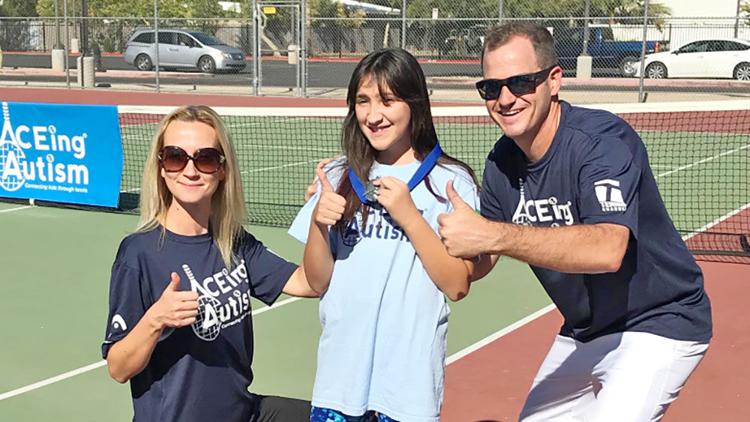
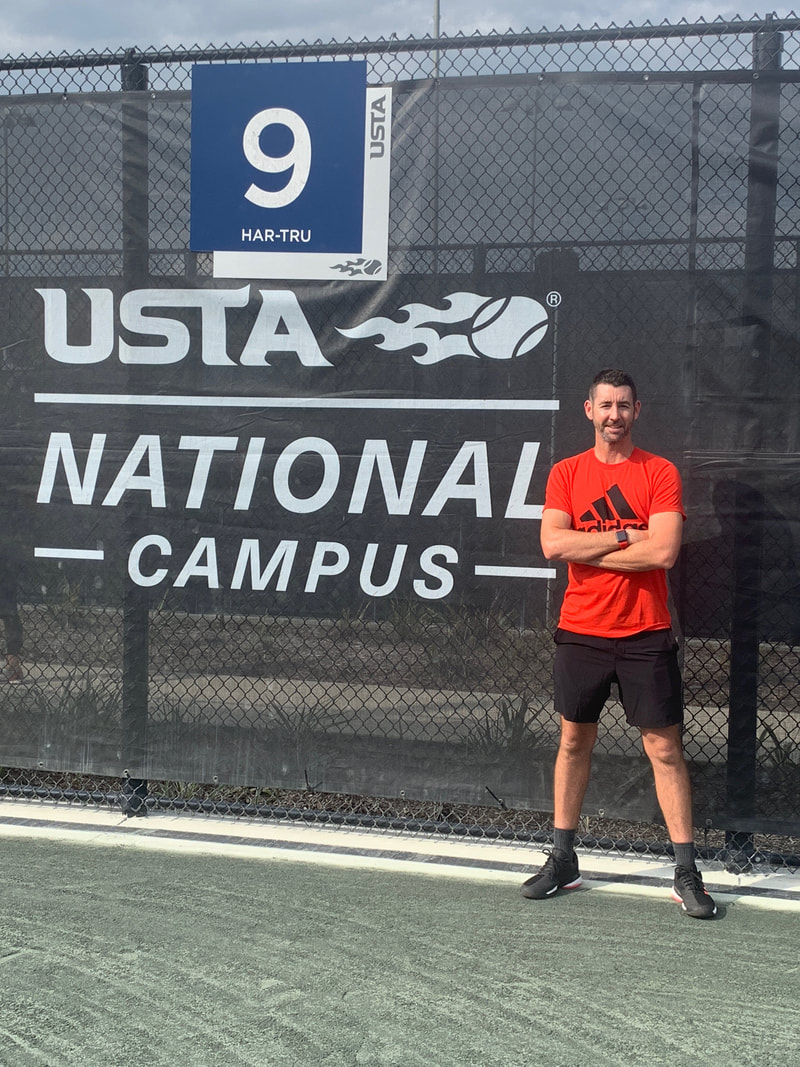
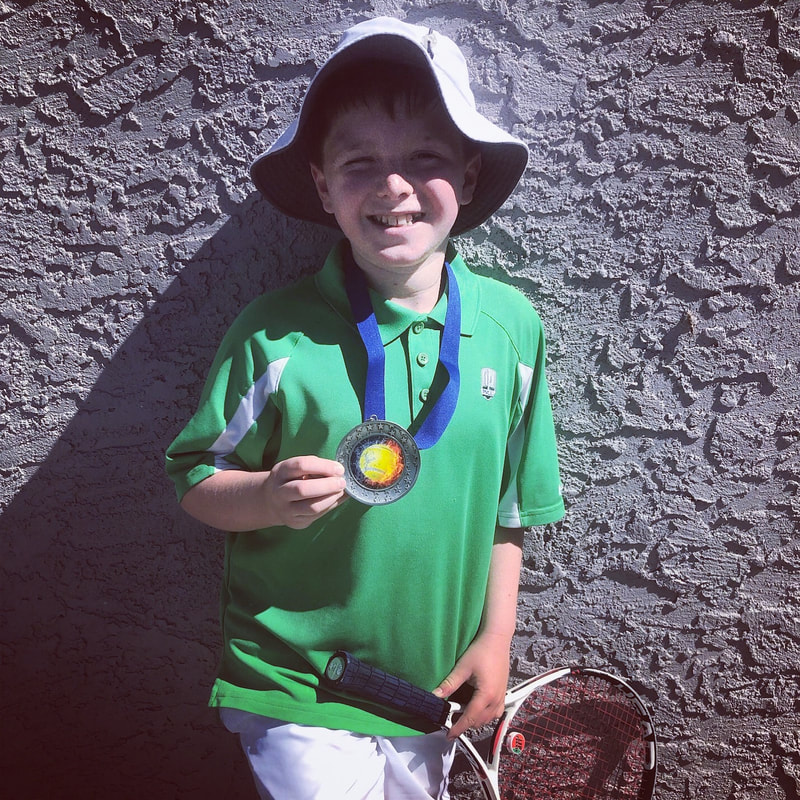
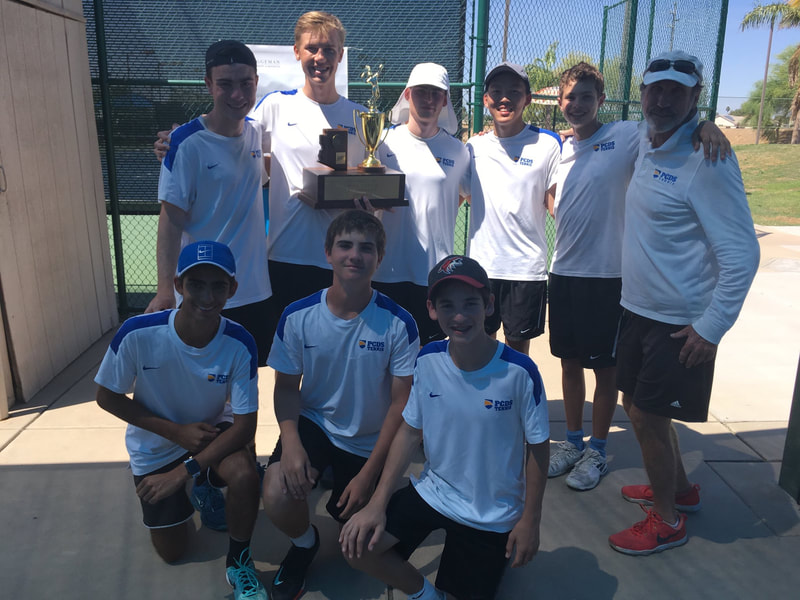
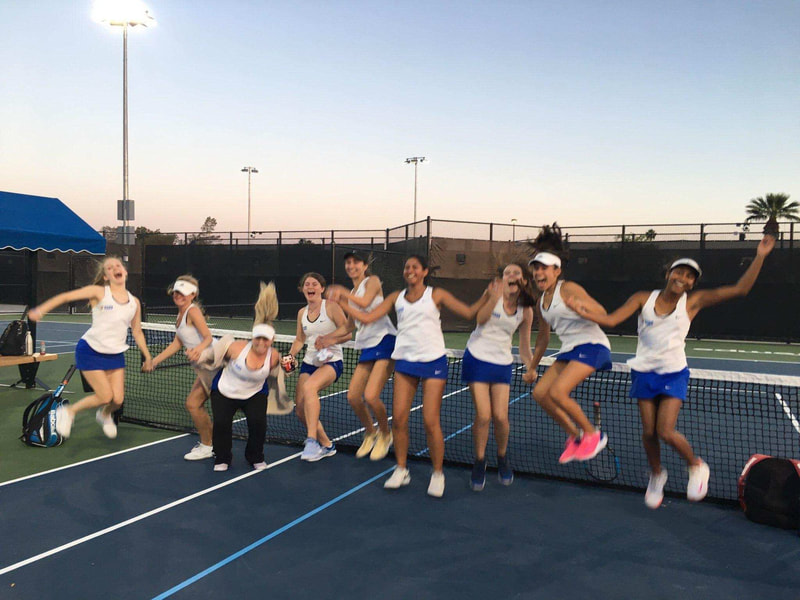
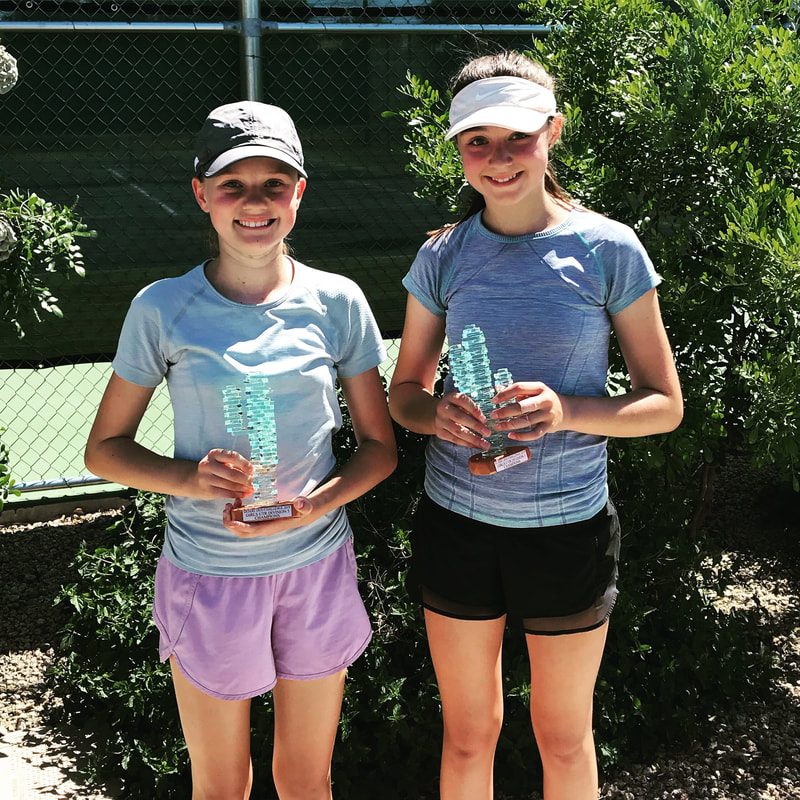
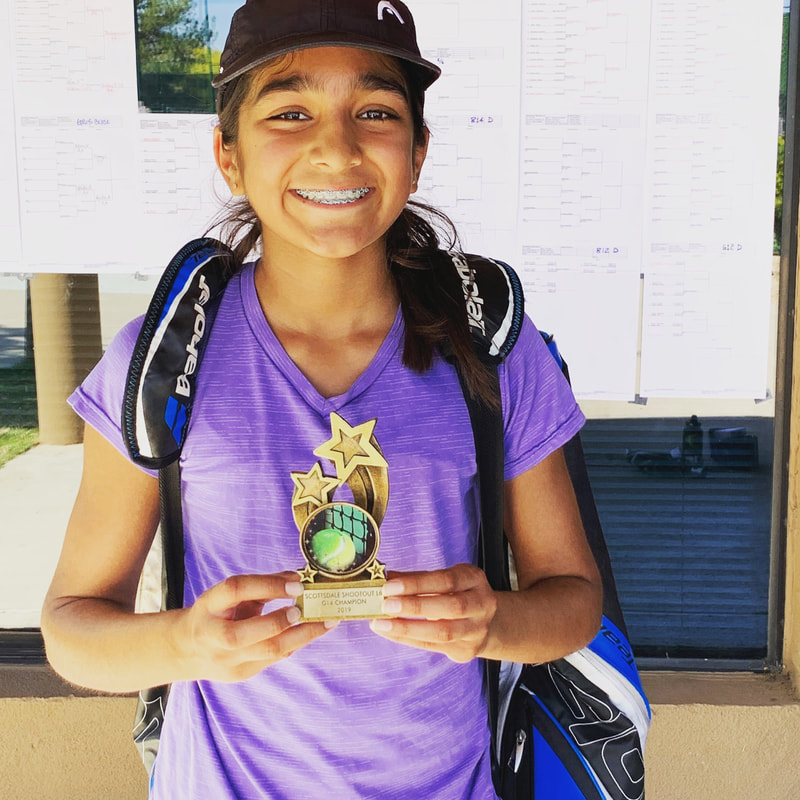
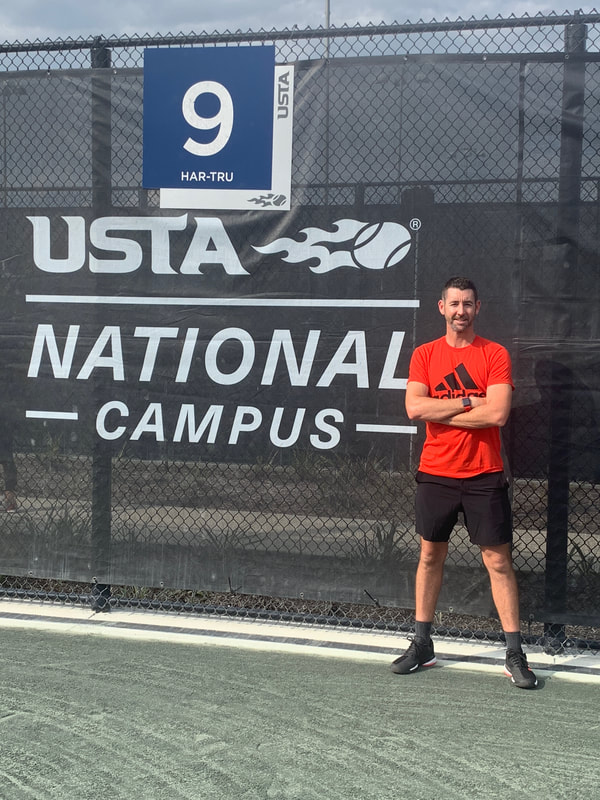
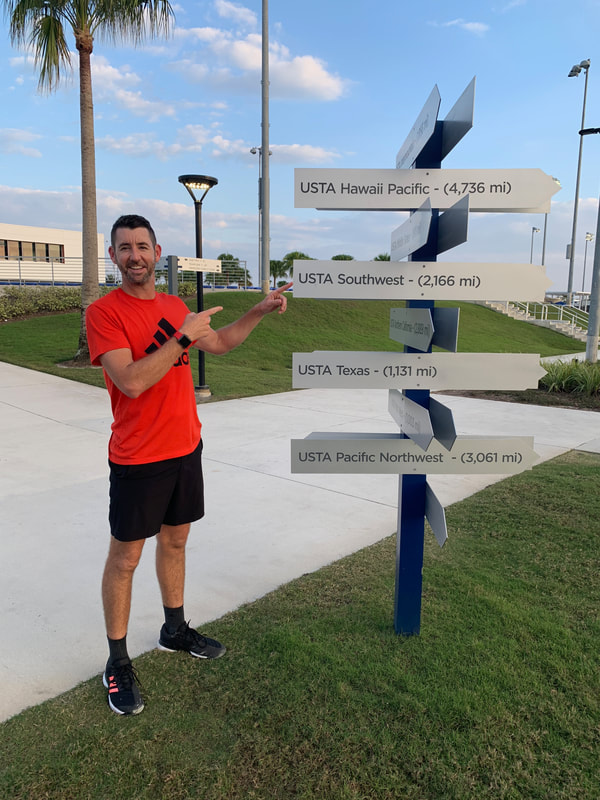
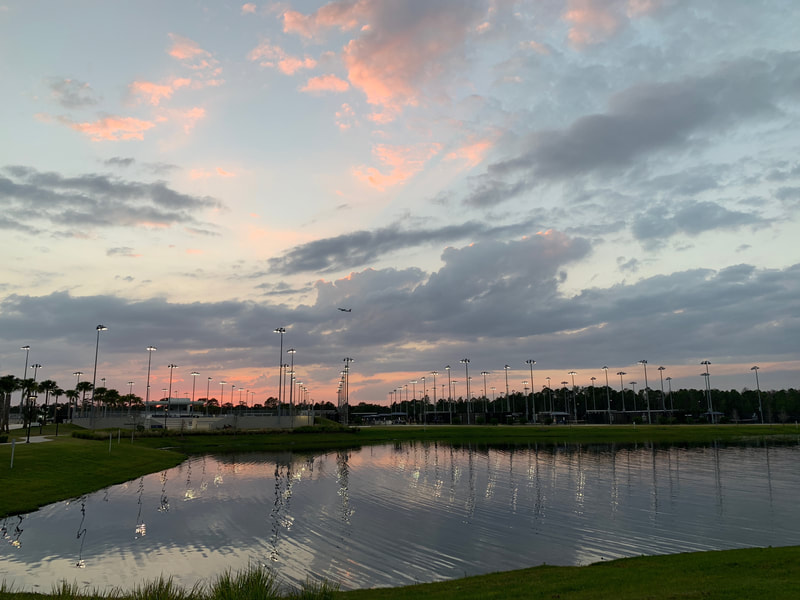

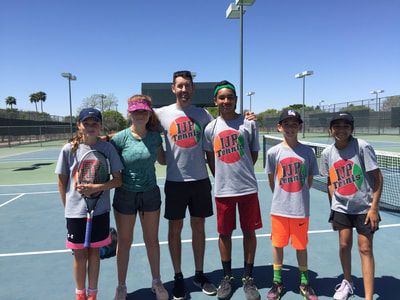
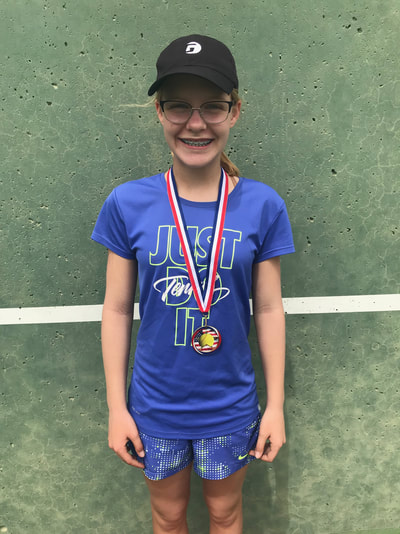
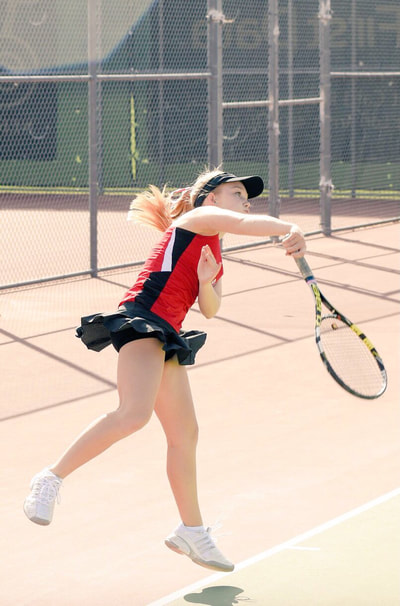
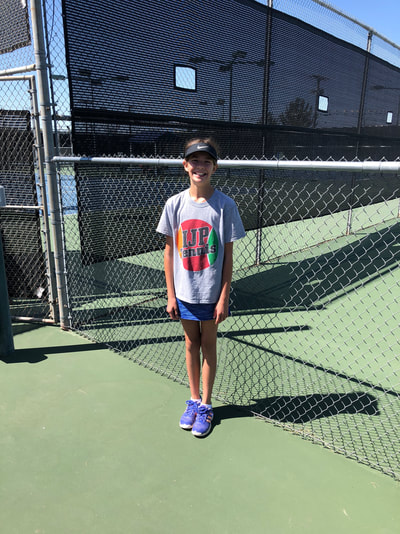


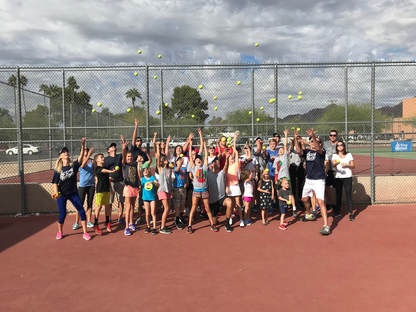
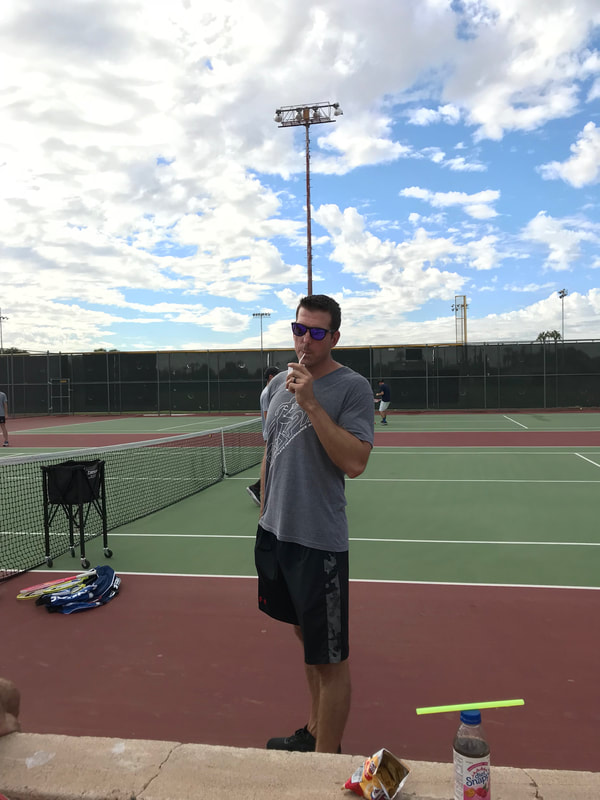
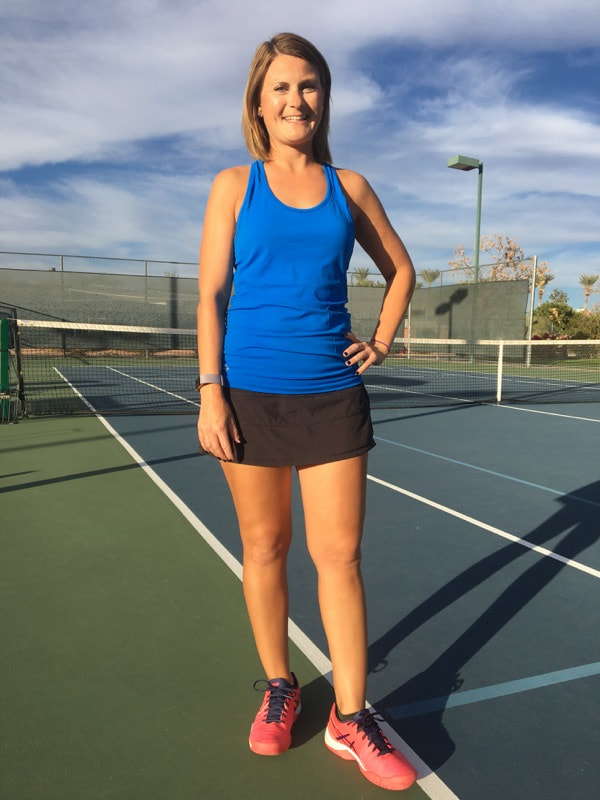
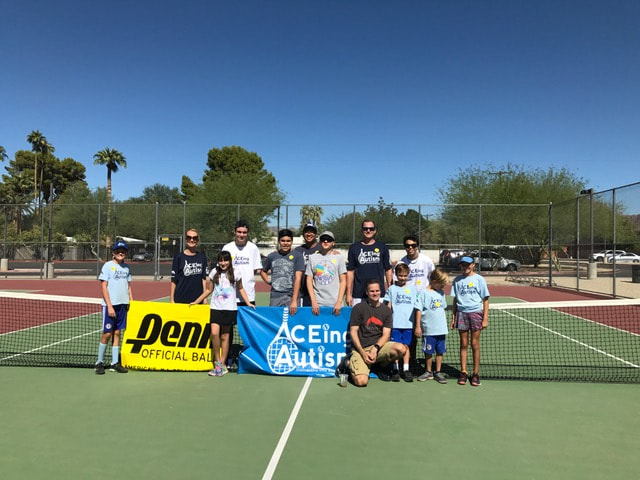
 RSS Feed
RSS Feed